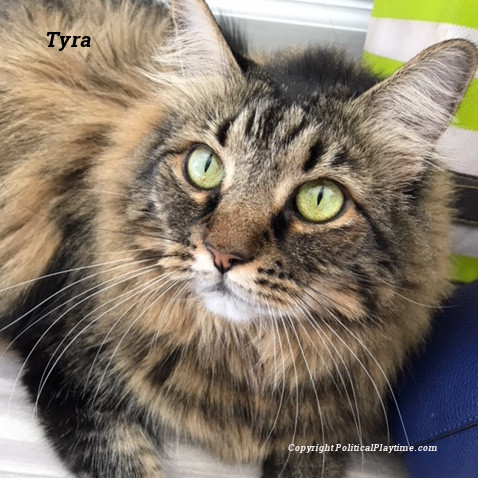Cat Wednesday 2023-02-22
Having cats as pets can be a great source of companionship and comfort. Not only do cats provide unconditional love and affection, but they can also help improve your mental health. Studies have shown that having cats as pets can reduce stress levels, lower blood pressure, and even increase feelings of happiness and well-being. Cats can also help us feel more connected to nature, as they are an important part of the natural world. In addition to providing physical and mental health benefits, cats can also bring joy into our lives with their playful personalities and amusing antics. By providing us with companionship, comfort, entertainment, and relaxation, having cats as pets is an excellent way to enhance our lives and improve our mental health. – Editorial Team
The Negative Aspects of Declawing Your Cat
By Editorial Team AI

Introduction:
Cat declawing, also known as onychectomy, is a surgical procedure that involves the removal of the claws and sometimes even the last joint of each toe of a cat. The procedure is usually done to prevent scratching and protect furniture or people. However, it is a highly controversial procedure, and many animal welfare organizations, such as the American Veterinary Medical Association (AVMA) and the Humane Society of the United States (HSUS), oppose it. This report will discuss the negative effects and long-term effects of cat declawing and explain how the procedure is done.
Negative Effects:
Declawing a cat can have several negative effects, both physical and behavioral. Some of these effects include:
1. Pain: Declawing is a painful procedure, and the cat may experience pain for several days or even weeks after the surgery.
2. Infection: The surgical site can become infected, especially if the cat does not receive proper care after the procedure.
3. Nerve damage: Removing the claws can damage the nerves in the toes, which can lead to chronic pain or even a change in gait.
4. Arthritis: Declawing can increase the risk of arthritis in cats as they age.
5. Behavioral problems: Declawed cats may develop behavioral problems, such as biting, because they no longer have their primary means of defense.
Long-Term Effects:
The long-term effects of declawing can be severe and often go beyond physical and behavioral problems. Some of these effects include:
1. Psychological trauma: Declawing can cause psychological trauma to cats, leading to fear and anxiety.
2. Inappropriate elimination: Declawed cats may develop inappropriate elimination habits, such as urinating or defecating outside of the litter box, due to pain or discomfort in their paws.
3. Decreased ability to climb: Cats use their claws to climb, and declawing can limit their ability to do so. This can result in decreased physical activity and obesity.
4. Increased risk of injury: Cats without claws are more vulnerable to injury or attack, as they have no means of defending themselves.
Procedure:
The procedure for declawing a cat involves the surgical removal of the claws and sometimes even the last joint of each toe. The most common method of declawing is called a tendonectomy, which involves severing the tendon that controls the claw. This method leaves the claw intact but renders it useless. The alternative method involves using a scalpel or laser to remove the claw and bone.
The procedure is done under general anesthesia, and the cat may need to stay at the veterinary hospital for a day or two for monitoring. After the surgery, the cat will need to wear a bandage or protective bootie to protect the paws and prevent infection. The cat will also need pain medication and antibiotics.
Conclusion:
Cat declawing is a controversial procedure that can have negative and long-term effects on cats. It is a painful surgery that can lead to infection, nerve damage, arthritis, and behavioral problems. Declawing can also cause psychological trauma, inappropriate elimination habits, decreased ability to climb, and increased risk of injury. As such, many animal welfare organizations recommend against declawing and encourage alternatives, such as regular nail trimming, scratching posts, and behavior modification training.

